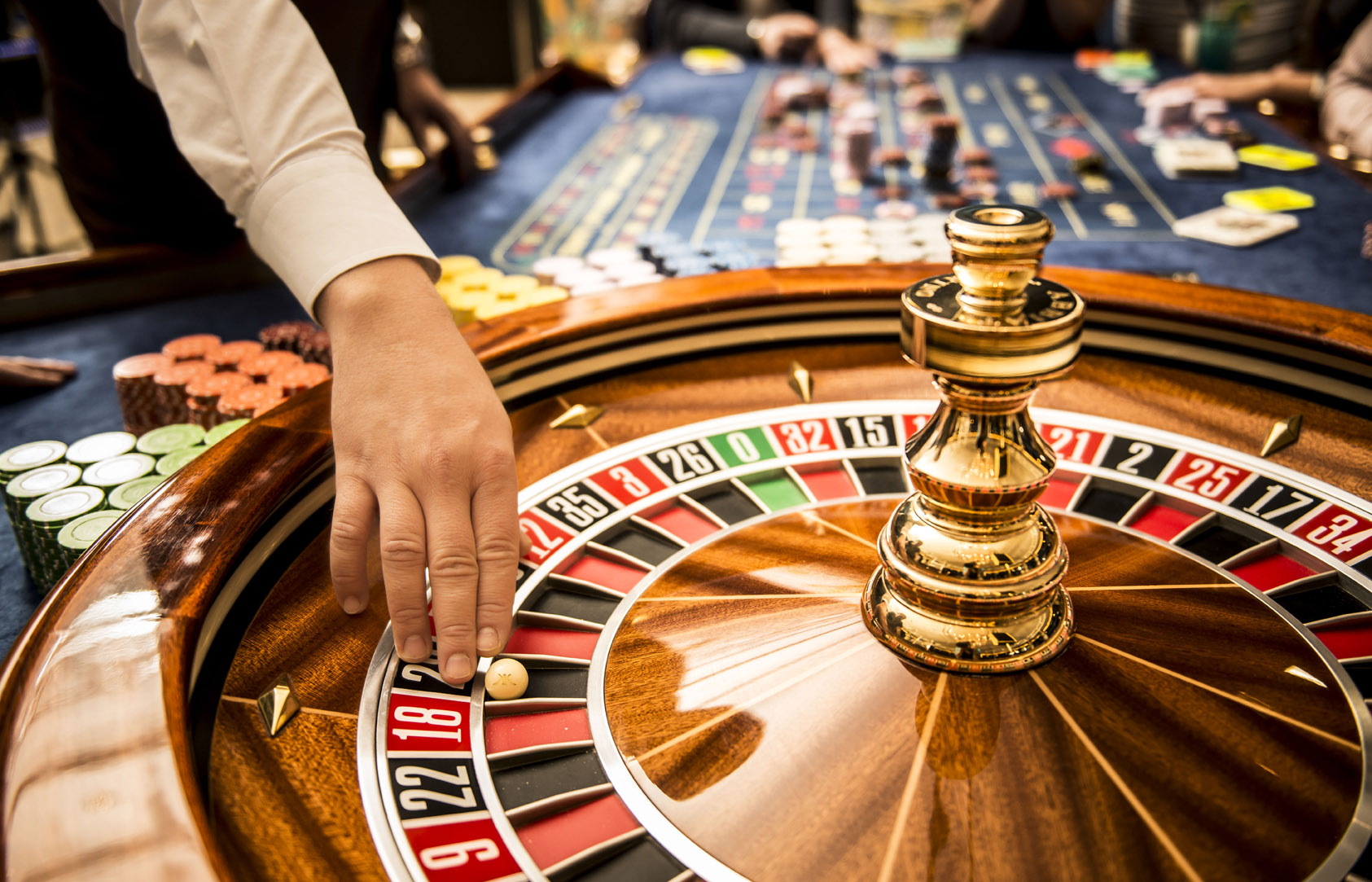
In the dynamic and exciting world of gaming establishments, where luck and strategy intertwine, hues and design play a critical role in drawing in players. From the moment visitors step inside a casino or log into a gaming platform, they are enveloped in a visual feast that captures their attention and lures them to discover further. Bright colors, captivating graphics, and creative layouts are meticulously crafted to create an atmosphere of thrill and expectation, ultimately enhancing the gaming experience.
While players navigate through the dynamic landscape of casino games, they come across a range of designs that not only serve visual purposes but also affect feelings and choices. Colors like scarlet and gold symbolize riches and fortune, while soothing navy and emeralds can create a much tranquil environment. Grasping how these elements function together allows casinos to create an welcoming and energizing atmosphere that encourages players to engage with the games, spend additional time at the tables, and boost their overall enjoyment.
The Study of Tint in Gambling Games
Color plays a critical role in the creation of casino games, shaping player emotions and behaviors. Vivid and bold hues, such as scarlet and amber, are often used to incite excitement and capture focus. These colors create a sense of pressure and energy, encouraging players to engage more readily with the experience. By thoughtfully selecting hues, designers aim to elicit feelings of joy and expectation, which can enhance the total game experience.
Different shades also have psychological meanings that can impact how participants perceive their chances of success. For case, emerald is frequently associated with luck and wealth, making it a frequent choice in activities like the roulette wheel and poker setups. This association can cause gamblers to feel more hopeful and assured in their gameplay, ultimately encouraging them to wager more. Understanding these connections allows game designers to create environments that enhance player satisfaction and engagement.
In addition, the layout of gambling game interfaces often employs blended colors and opposing shades to guide players’ responses. For example, successful combinations may be highlighted with vivid, opposing shades, creating a visual cue. This method reinforces successful results and encourages repeated participation. By utilizing the psychology of color, casinos can create games that not only attract participants but also hold them involved and invested in their play experience.
Creative Features that Engage Gamers
The aesthetic appeal of casino games is primarily influenced by the implementation of vibrant colors. Lively and striking colors are deliberately chosen to create an inviting atmosphere that captures attention. For instance, reds and golds often signify luck and wealth, which is why they are common in the color schemes of slot machines and table surfaces. These colors not only attract players in, but they also stir emotions associated with thrill and anticipation, enhancing the total gaming experience.
In parallel to color, the aesthetic and organization of gambling games play a crucial role in player attraction. Games are designed to be intuitive, ensuring that players can quickly understand the guidelines and gameplay. User-friendly interfaces, along with engaging graphics and animations, help maintain gamer interest and promote extended play sessions. The tactile elements, such as the texture of the controls and the audio of the games, also contribute to a comprehensive sensory experience that keeps players immersed.
Finally, thematic elements in game design can greatly influence player choice. Many gambling games are inspired by popular culture, fairy tales, or adventure themes, featuring symbols and characters that resonate with players. These themes create a sense of engagement and connection, making each game feel unique. casino non AAMS When players feel a connection to the concept, they are more likely to choose that game over others, leading to higher participation and enthusiasm within the casino environment.
Case Studies: Successful Gambling Table Game Designs
One noteworthy example of effective casino game design is the popular slot machine series themed around blockbuster movies. Games such as those based on the The Wizard of Oz and Game of thrones utilize vibrant colors and high-quality graphics to engage players in recognizable narratives. The employment of moving visuals and entertaining sound effects takes the focus of players, creating an emotional connection to the theme. This approach merely fosters longer play but also boosts the overall gaming experience, resulting in increased player retention.
Another effective case is the application of color psychology in table games like blackjack and the wheel. Casinos often design these games with rich reds and greens, colors traditionally associated with luck and wealth. For instance, the green felt on a 21 table provides a soothing effect, while the red accents in the wheel invite excitement. This deliberate use of color helps to establish an inviting atmosphere that encourages players to join in, addressing their psychological impulses and boosting their enjoyment.
Finally, social casino games that include community features and bright, colorful designs have seen remarkable success in engaging players. Games like Zynga Poker and Slotomania leverage vivid colors and playful animations to establish an inviting online environment. The addition of leaderboards, community sharing options, and in-game rewards fosters competition and community, drawing players in for longer sessions. Such designs not just make the games visually appealing but also highlight social connectivity, a crucial factor in player retention and engagement within online casino environments.
